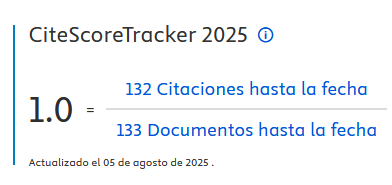Principles and recommended practices for the provision of humanistic psychosocial services: an alternative to established practice and treatment guidelines
DOI:
https://doi.org/10.33898/rdp.v15i57.729Keywords:
humanistic psychologists, psychological growthAbstract
Humanistic psychologists form their own community of practice and hold their own distinctive views of human nature, of science, of research methodology, and of psychotherapy. Humanistic psychotherapy deals with psychological dysfunctions in a broad context of client’s engagement in life and ways of being in the world. Humanistic psychologists are oriented towards promoting the psychological development and growth of individuals, families and communities trough the support of their own creative and self- initiated efforts.. The following document is a statement of recommended principles for the provision of humanistic psychological services particularly psychotherapy, although the principles elucidated apply to the provision of other psychological services as well. This document is intended to facilitate and assist the provision of services, but is not intended to be mandatory, exhaustive or definitive and may not be applicable to every situation. It should not be construed as definitive and is not intended to take precedence over the judgment of psychologists.
Downloads
Downloads
Published
How to Cite
Issue
Section
License
Authors who publish in this journal accept the following conditions:
-
Authors retain copyright and grant the journal the right of first publication, with the work registered under the Creative Commons CC-BY-NC 4.0 International license. This license allows third parties to cite the text and use it without alteration and for non-commercial purposes, provided they credit the authorship of the work and its first publication in this journal.
-
Authors may enter into other independent and additional contractual agreements for the non-exclusive distribution of the version of the article published in this journal (e.g., including it in an institutional repository or publishing it in a book), provided they clearly indicate that the work was first published in this journal.
-
The views expressed in the articles are solely the responsibility of the authors and in no case do they reflect the opinions or scientific policies of the journal.















